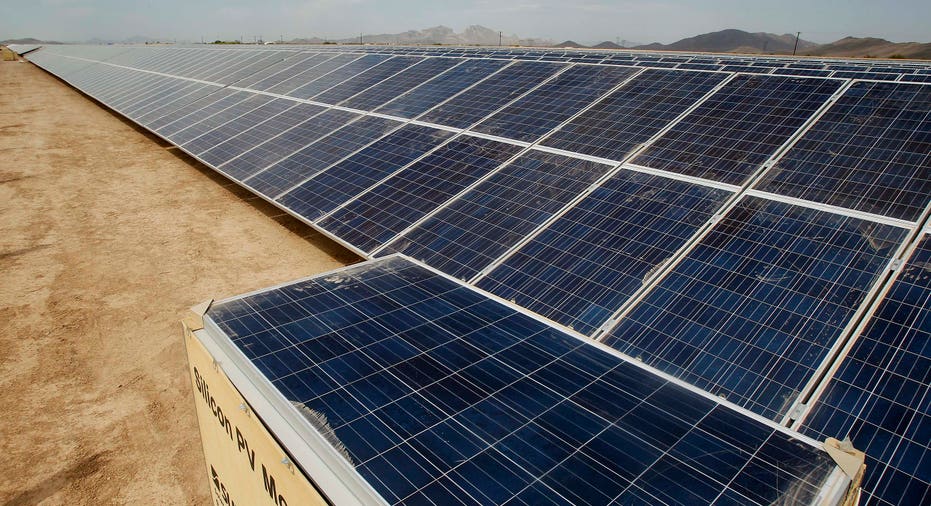Home Energy Improvements Pay Off at Tax Time

TaxesTax Credits Home Energy Tax Credits Pay Off At Tax Time
If you made improvements last year to your home to make it more energy-efficient, Uncle Sam wants to help -- but not as much as he previously did.
The energy efficiency home improvement tax credit was technically out of the tax code in 2012, but the American Taxpayer Relief Act enacted Jan. 2 renewed this collection of tax savings retroactively for 2012 and through 2013.
For the 2012 and 2013 tax years, the nonbusiness energy property credit is worth a maximum of $500. That's just a third of the credit that was available in some prior tax years.
Also, claiming the tax credit is more difficult. It's once again parceled out in varying amounts for different types of energy-efficient home improvements.
Finally, the $500 is a lifetime maximum credit amount for changes to your primary residence. If you've already claimed that much for home energy upgrades in prior tax years, you're out of luck. You can't claim more on your 2012 return.
Other Requirements
The improvements must be to the property you use as your principal residence. The energy upgrades also must be made to an existing home, not an energy-efficient one you built.
The improvements must have been completed by Dec. 31, 2012. If work was still going on in January on your heating system, for example, you can't claim it.
Get a "Manufacturer Certification Statement" detailing the energy efficiency of the improvement. This is for your records only, in case the Internal Revenue Service later questions your claim.
Installation costs of insulation, windows, doors, skylights or roofs do not count toward calculating your credit. Get an itemized bill that breaks out these costs from that of the product so you'll know how much to claim. You can, however, include installation charges for conventional water heaters and air-conditioning and heating systems.
While you don't have to send the IRS documentation of your energy improvement, you do have to file Form 5695, Residential Energy Credits, with your Form 1040 to claim the credit.
And remember that this home-energy tax credit is nonrefundable. That means you can use the amount to help reduce or even zero out any tax bill, but if you have excess credit left over, you won't get it back as a tax refund.
Bigger Improvements, Bigger Tax Break
If you opted last year to make more dramatic energy changes to your home, you might be able to claim a larger tax credit.
The residential energy-efficient property credit offers homeowners a credit of up to 30%
of the cost for the installation of alternative-energy equipment in their homes.
This credit applies to eligible solar water heaters, solar electricity equipment, fuel cell plans, qualified small wind energy property and qualified geothermal heat pumps.
Fuel cells must be installed in your primary residence to qualify for this credit. However, the other systems can be placed in vacation or second homes as well and still qualify for this credit.
This more generous tax credit, also claimed on Form 5695, is available through 2016.
Copyright 2013, Bankrate Inc.